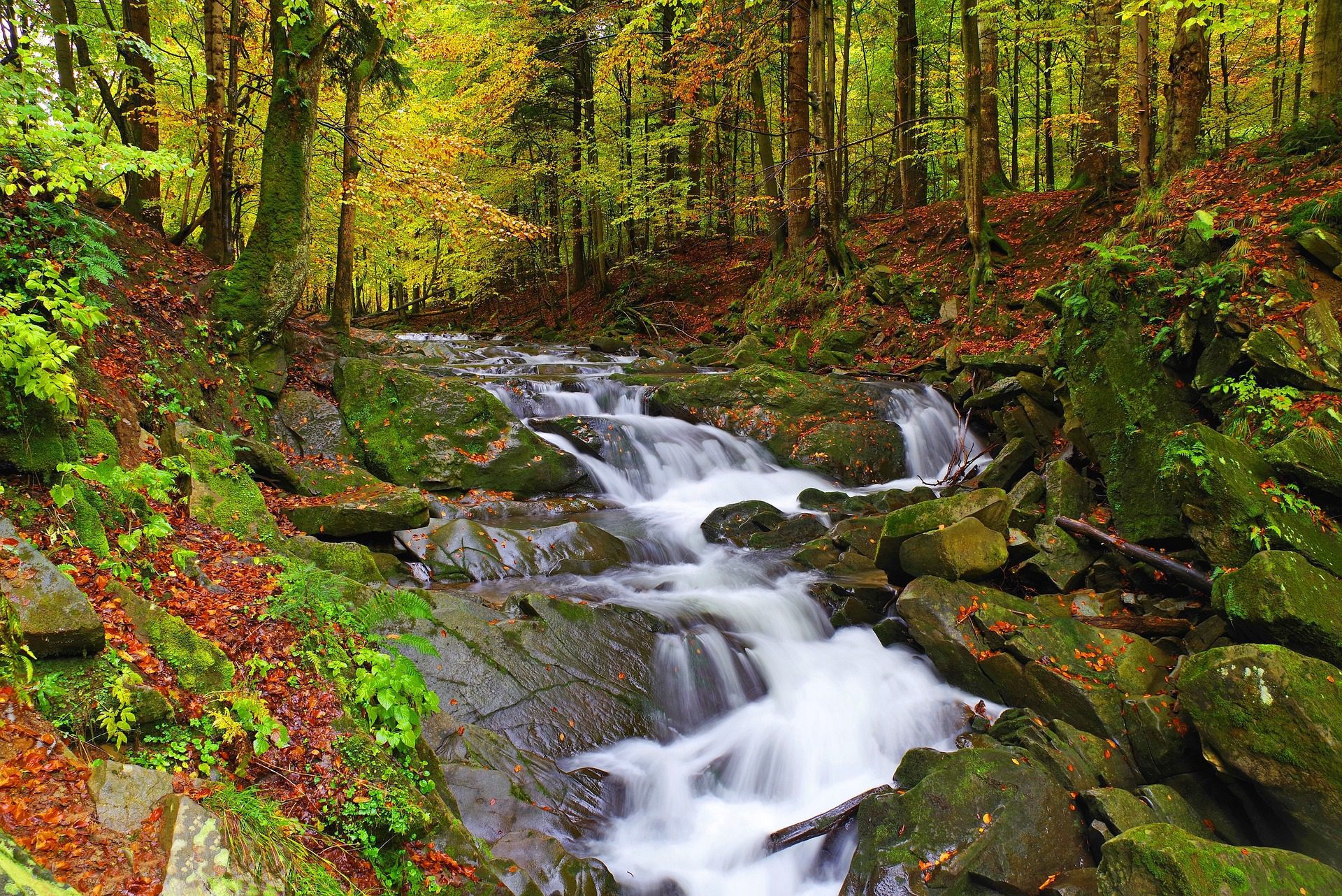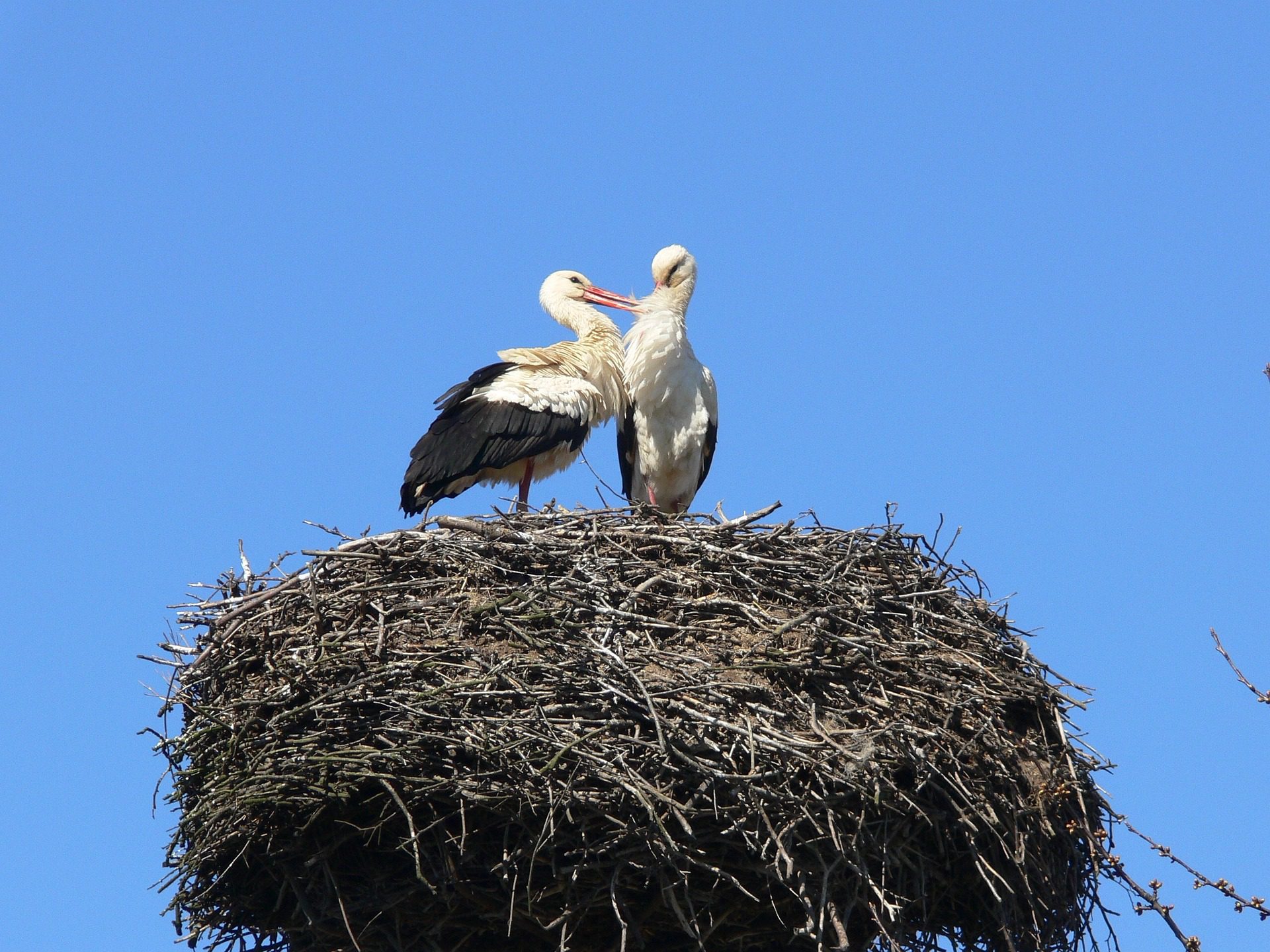Bieszczady Mountains
The Wild East
Nestled in the south-eastern corner of Poland, the Bieszczady Mountains are a true hidden gem for nature enthusiasts and adventurers alike. With stunning landscapes, rugged terrain, and a rich cultural heritage, the Bieszczady Mountains offer an unforgettable experience for those who are willing to explore its rugged beauty.
The Bieszczady Mountains are part of the Carpathian mountain range, which stretches from the Czech Republic to Romania. It’s an area of great natural beauty, with its picturesque hills and valleys, and the sheer size of the mountains makes them an impressive sight. The area is dominated by dense forests, glistening lakes, and breath-taking views, providing visitors with a sense of peace and tranquillity that’s hard to find in today’s busy world.

Flora & fauna
The Bieszczady Mountains are home to a diverse range of flora and fauna. The forests are home to a range of animals, including deer, wild boar, and wolves, and visitors may catch a glimpse of these elusive creatures if they’re lucky. Bird watchers will also be delighted, as the area is home to over 250 species of birds, including the rare and beautiful golden eagle.
Hiking
One of the best ways to experience the Bieszczady Mountains is to take a hike along one of the many trails that crisscross the region. These trails range in difficulty from easy to challenging and are suitable for hikers of all abilities. The most popular trail is the Bieszczady Loop, which takes hikers through the heart of the mountains and provides spectacular views of the surrounding landscape.
Rich cultural heritage
For those who prefer a more leisurely pace, there are plenty of other activities to enjoy in the area. Visitors can take a relaxing boat ride on the Solina Lake or explore the region’s many charming villages and towns, such as Ustrzyki Dolne and Lesko. The region is also known for its rich cultural heritage, and visitors can learn more about the area’s history and traditions by visiting local museums and cultural centres.
Chatka
One of the most unique experiences in the Bieszczady Mountains is the chance to stay in a traditional mountain hut, known as a “chatka.” These huts are located deep in the forest and offer visitors a chance to disconnect from the outside world and reconnect with nature. The huts are basic but cosy, with no electricity or running water, and are a perfect escape from the hustle and bustle of everyday life.
The highest peak of Bieszczady is Mt. Pikuy (1405 m) in Ukraine. The highest peak of the Polish part is Tarnica (1346 m).
A popular tourist attraction in the area is the Church of the Visitation in Lesko, the oldest Roman Catholic church in Bieszczady, founded by count Piotr Kmita in 1539.
History
This area was mentioned for the first time in 981, when Volodymyr the Great of Kievan Rus took the area over on the way into Poland. In 1018 it returned to Poland, 1031 back to Rus, in 1340 Casimir III of Poland recovered it.
Bieszczady was one of the strategically important Carpathian mountains bitterly contested in battles on the Eastern Front of World War I during the winter of 1914/1915.
In 1991, the UNESCO East Carpathian Biosphere Reserve was created that encapsulates a large part of the area and continues into Slovakia and Ukraine. It comprises the Bieszczady National Park (Poland), Poloniny National Park (Slovakia) + Uzhansky National Nature Park (Ukraine). Animals living in this reserve are, amongst others, black storks, brown bears, wolves and bison.
Why go to the Bieszczady Mountains?
The Bieszczady Mountains are pleasantly devoid of the trappings of mass tourism and offer visitors the opportunity to discover the, ‘Wild East’ without venturing into Ukraine or the Soviet Union.
The scenery in the region is wild and rugged and includes flora such as the Dacian Violet, Carpathian Beech and the Hungarian Violet, all species which cannot be seen further West. The wildlife in the area include bears, lynx, beavers, wolves, European bison and red mountain deer.
The area is a bird-watchers paradise and here you will find 9 species of Woodpecker (inc. Syrian, White-backed and Three-toed), Black Stork, Ural and Pygmy Owls, Collared and Red-breasted Flycatcher and both Lesser spotted and Golden Eagles.
How to get there
Sanok, known as the “Gateway to the Bieszczady”, is the most important town in the region. There are bus links with the majority of the cities in the south and east of Poland, including Krakow, Katowice, Warsaw, Gliwice, Przemysl, Krosno and Mielec.
From Sanok, one can easily visit the smaller towns of either Ustrzyki Gorne or Ustrzyki Dolne – both forming popular jumping-off points for trips into the mountains. The Bieszczady is surrounded by two major road systems, known as Mala and Duza Petla Bieszczadzka. The former runs from Ustrzyki to Lesko, the latter passes the Solinski Reservoir from the south and heads to Lesko.
Together they form the main transport artery for Bieszczady, with regular bus services connecting all the communities of the region. The region’s railway junction in Zagorz lies 6 km from the central Sanok. You can get to Zagorze via Sanok by fast train from Warsaw, Krakow, Lodz or Gliwice.
In conclusion, the Bieszczady Mountains offer a unique and unforgettable experience for anyone looking to explore the beauty of nature and immerse themselves in the rich cultural heritage of this region. With its stunning landscapes, diverse wildlife, and array of outdoor activities, the Bieszczady Mountains are a must-visit destination for anyone traveling to Poland.
For detailed tourist information about Poland, please visit our travel partner, the Poland Travel Agency.
